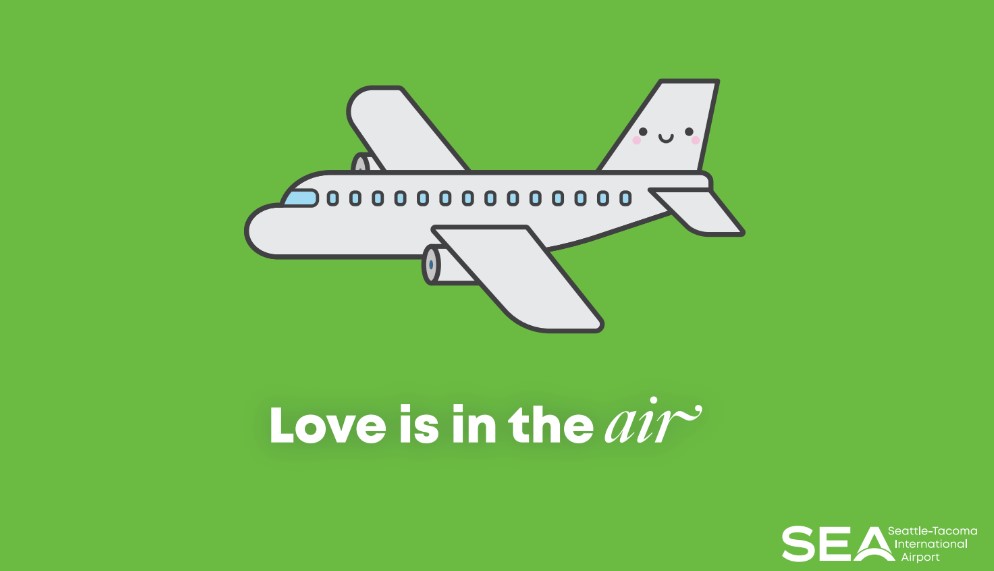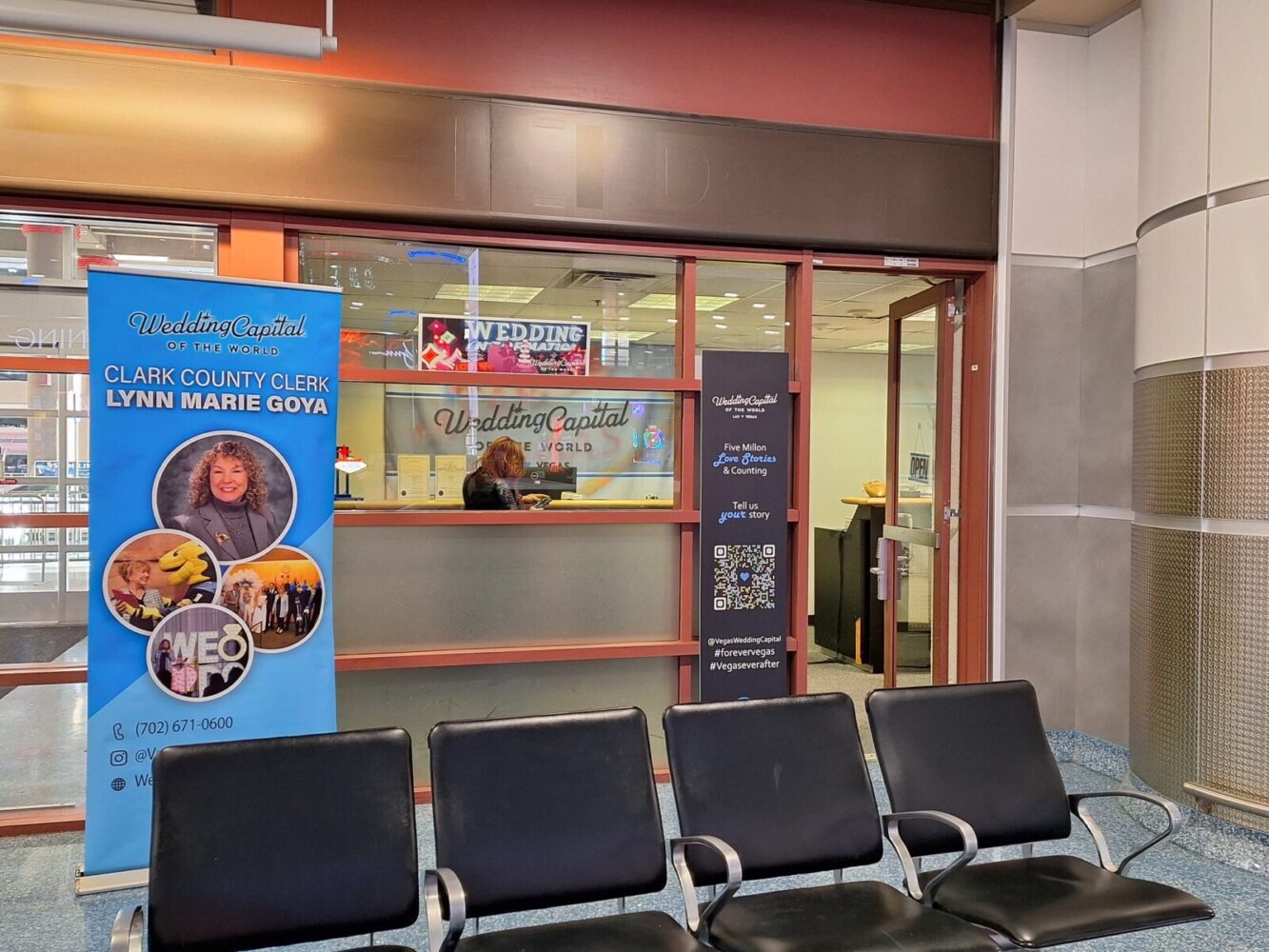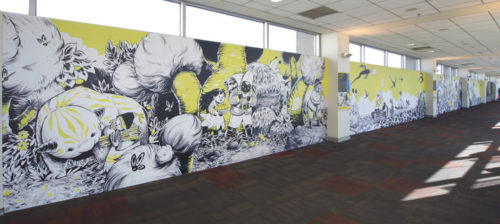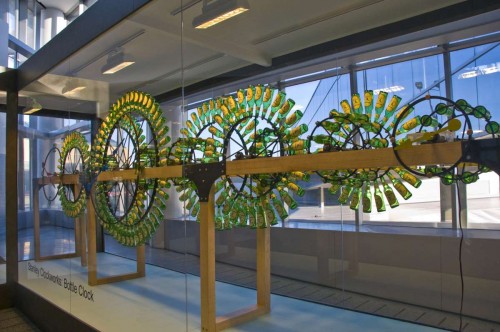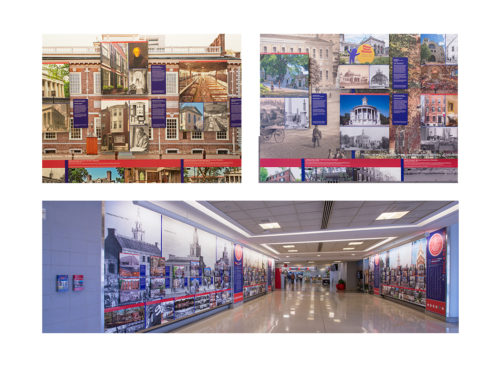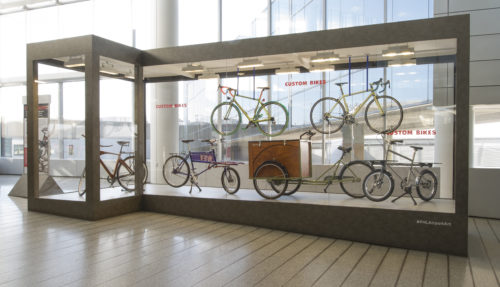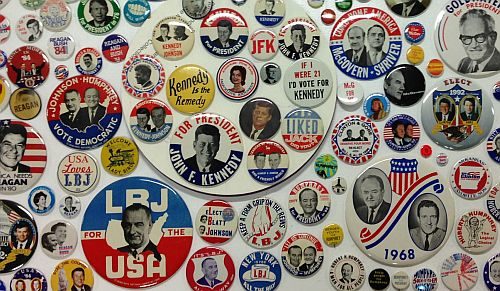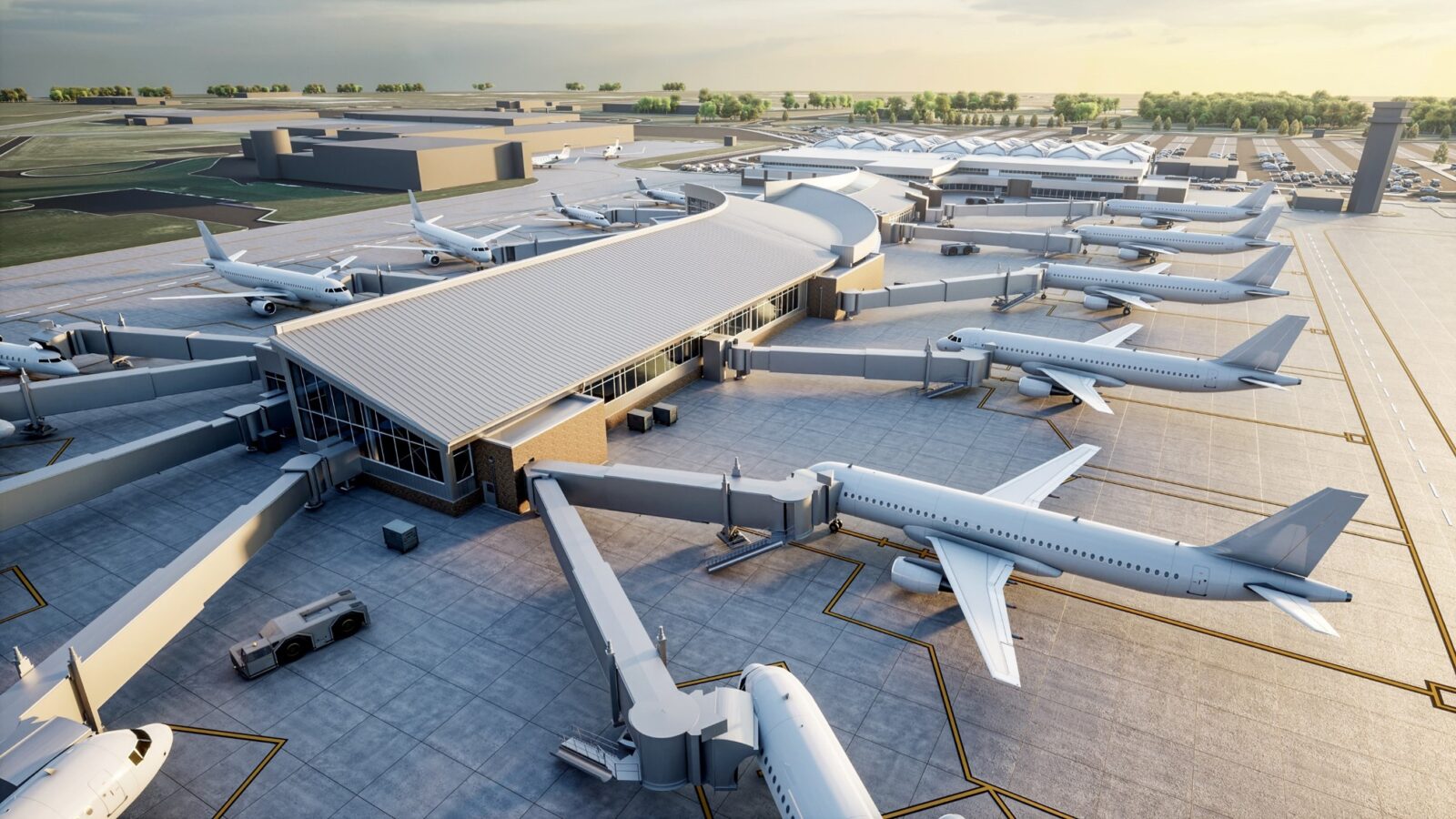
(Courtesy Appleton International Airport)
This is a slightly different version of a story we wrote for NBC News
If construction cranes are looming over your local airport or “Please Pardon Our Appearance” signs are decking out the terminal, it may be partly thanks to Congress and the White House.
U.S. airports say money from the 2021 Bipartisan Infrastructure Law is a drop in the bucket when it comes to their funding sources and infrastructure needs. But the legislation is already helping some rip up worn carpets, upgrade restrooms and replace clunky baggage systems.
While federal dollars have long backed “airside” projects like runways and taxiways, the new infusion for terminal upgrades “is a game changer,” said Greg Cota, senior vice president of government and political affairs at the Airports Council International — North America, an industry advocacy group.
As President Joe Biden hits the campaign trail touting his broad infrastructure investments, airports are some of the most visible places to see them at work, whether or not voters reward him for it in November.
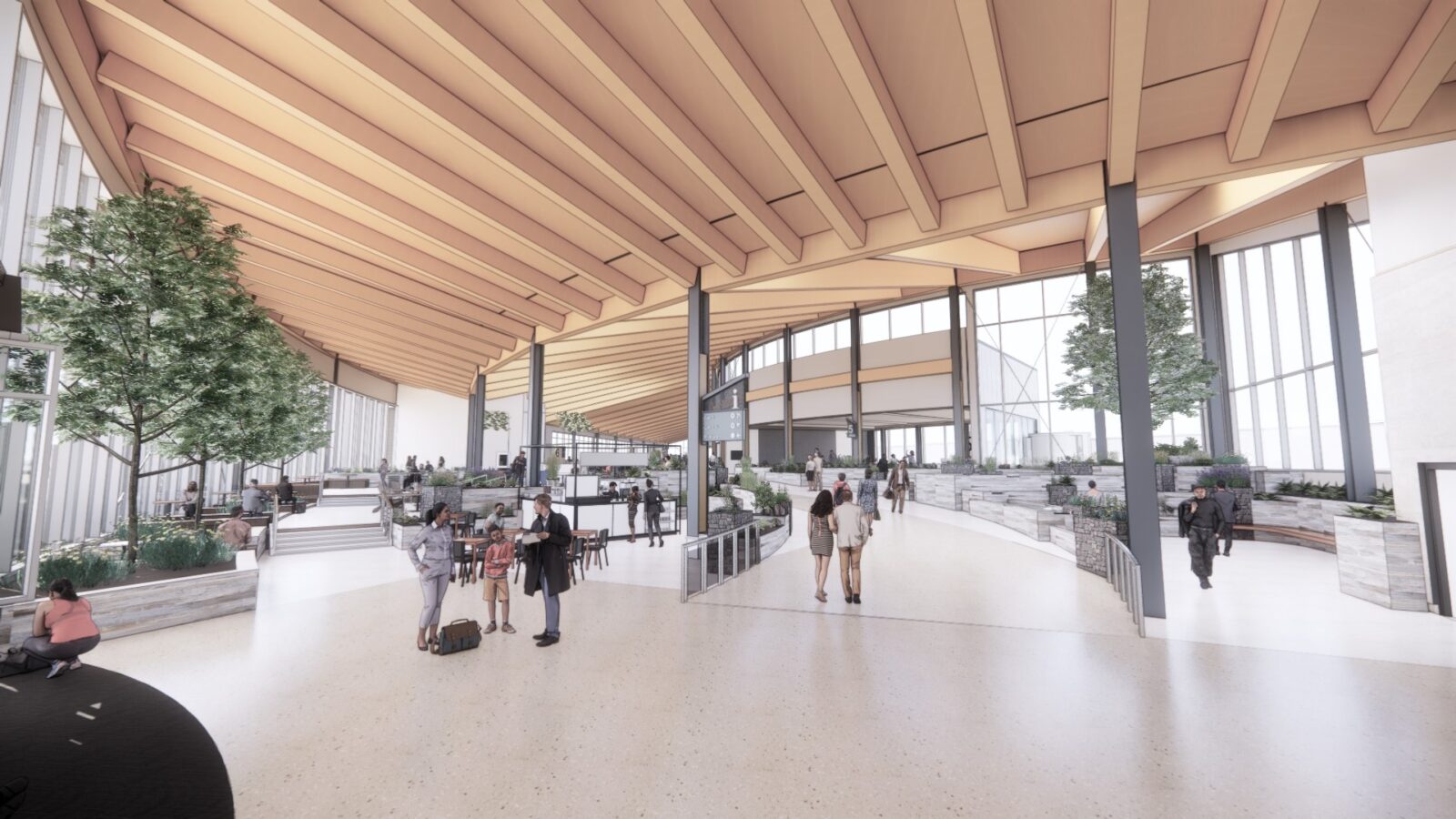
Appleton International Airport, in the battleground state of Wisconsin, received $3.43 million from the package. The funds will augment a much larger $66 million concourse expansion, which was planned before the pandemic and is scheduled to be completed by the end of 2025. Appleton, about 40 minutes southwest of Green Bay, is one of many airports that broke passenger records last year and it expects to serve 1 million travelers this year.
Financing is coming “from about eight different sources,” said airport Director Abe Weber, including local, state and federal money, bonds and the airport’s own cash. The grant awarded by the Biden administration will help pay for boarding bridges, a sustainability program that includes a microgrid and accessibility improvements such as “hearing loops” — assistive technology for people with hearing loss.
Without those funds, Weber said, “we probably wouldn’t have been able to proceed with those pieces of the project.”
Grants for many airports
Last month, the White House announced infrastructure law grants totaling $970 million for upgrades at 114 airports intended to “improve passenger experience, accessibility, and sustainability.” The discretionary awards are on top of nearly $2 billion in similar awards made over the past two years under the law’s Airport Terminal Program, a $5 billion fund for competitive grants to support terminal upgrades.
Recent grants include $35 million to help Washington Dulles International Airport in Northern Virginia construct a 14-gate terminal and transit connections to the Aerotrain and Metrorail. Another grant supplies $26 million to replace Denver International Airport’s baggage handling system.
The terminal funding is just one slice of the measure’s five-year, $25 billion pot for modernizing airports nationwide. Within that pool, a separate $5 billion is set aside for improvements to facilities and equipment owned by the Federal Aviation Administration, and $15 billion more is being distributed to airports through a formula based on passenger numbers.
Airports say they need much more.
“There’s a lot of money out there, and Congress has been generous,” said Kevin Burke, president and CEO of the North American Airports Council, who added that the government’s prioritizing the passenger experience is novel. “But it’s not enough to be able to solve the long-term problem,” he said, “which is enough infrastructure money to be able to modernize all of our airports.”
In a report last year, the group called for $151 billion to fund “critical” infrastructure improvements over the next five years. Airports typically pay for upgrades with a mélange of rent from airlines and terminal vendors, landing charges tacked on to fliers’ tickets, parking fees and money from various levels of government, as well loans and debt, often in the form of municipal bonds issued by airport authorities.
The new federal infrastructure funds could have an impact broader than the individual projects it’s supporting, some experts said.
Because airports operate in tandem with one another, improvements at small and midsize ones can help large hubs, too, said Bill Wyatt, executive director of Salt Lake City International Airport. The Utah airport received $20 million in infrastructure law funds toward its $618.7 million building and airfield work tied to the further expansion of a just-built terminal.
While “it’s great whenever you can find some additional resources,” Wyatt said, a boost to one airport’s operations can be felt across the network, “because suddenly one location now has added capacity, meaning we may get an extra flight that couldn’t have happened except for the investment of this money.”
The funding influx may have its biggest impact at smaller airports, where “these grants do play an important role in moving capital programs further and faster,” said Earl Heffintrayer, vice president and senior credit officer at Moody’s Investors Service.
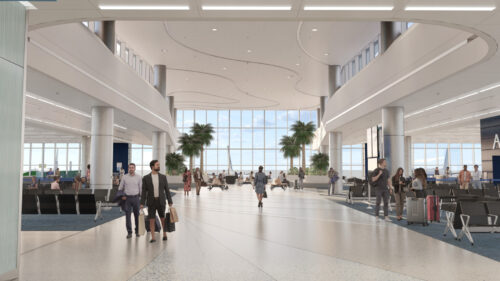
South Carolina’s Myrtle Beach International Airport, which serves more than 3 million passengers a year, received $10 million in Airport Terminal Program funds for an $80 million to $90 million expansion that was put on hold during the pandemic but is moving forward now. The 18-month project, which begins in June, will add six gates to the current 12 and revamp restrooms, flooring and signage in the existing terminal.
As at other airports, the Myrtle Beach construction is being financed by various sources, including “cost recovery through billing back portions of the project to airlines operating at MYR over the life of the expanded facility,” spokesman Ryan Betcher said. The $10 million grant will allow the airport to reduce the costs it passes on to airlines, help it retain existing flight routes and attract new ones, he said.
Bipartisan Infrastructure Law dollars are also helping some airports keep their projects on track despite higher costs from inflation.
Philadelphia International Airport is in the midst of a $1.8 billion capital program that includes upgrades to roadways, terminals and the airfield. It secured $74.4 million from the infrastructure package for initiatives that fit the “shovel ready” requirements for funding, Chief Development Officer Api Appulingam said.
“It’s not that we wouldn’t have somehow found the funds to do the project,” she said, “but the grants help with the uncertainty in the bidding environment.” Now, if bids come in higher than anticipated, “we’re able to cover the cost, versus trying to find that funding elsewhere” and risk falling behind schedule, Appulingam said.

